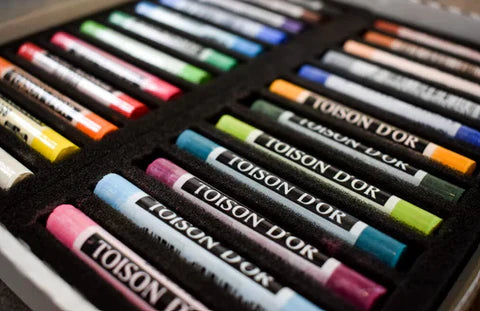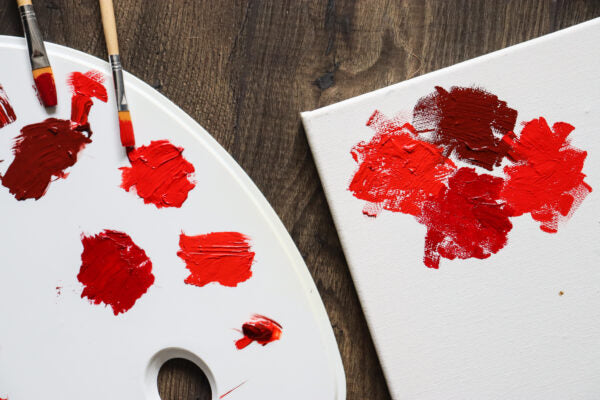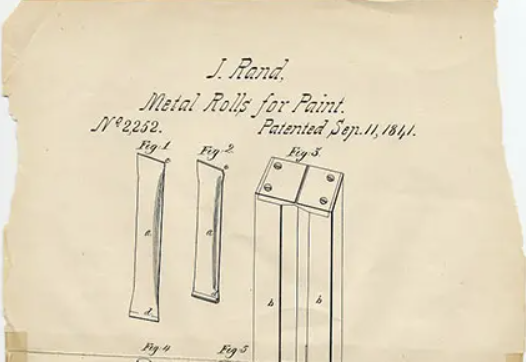Demounting a Loxley Gold Chunky canvas
Loxley Gold Chunky canvases are famous for their somewhat unique way in which the canvas is attached to the stretcher frame with a continuous rubber-like ‘spline’ rather than multiple staples. This gives them the much-loved spring and tension that so many artists appreciate and as some say, “a cleaner look”.
We are often asked how to demount/unstretch/remove the canvas from its stretcher bars with such canvases as, compared to canvases fastened with staples or pins (such as the Ashgate, Masters and Mayfair ranges). Once you understand how, you will find that it is just as easy – if not easier – to dismount a “staple-free” canvas as a back or side stapled canvas. These canvases in fact have the advantage of less holes made in the cloth from staples, so arguably this is better for repeated unstretching and restretching of an artwork.
Here we will unravel the mystery of how Loxley Gold Chunky canvases are made for you, so that you can confidently disassemble them yourself for storage, restoration or transit needs.
But first let’s ask; why would you need to remove a canvas from its stretcher frame? I would caution that if you don’t absolutely have to, then don’t! It is much easier to remove a canvas than it is to re-stretch one, especially if it’s after the painting is done. When re stretching a painting various things can go awry such as paint cracking, not being able to realign edges, varying thickness of paint can prevent an even and tight stretch.
However, sometimes you’ll have no option but to remove a canvas or painting from its wooden frame.
Tools needed:
- Staple remover/puller
- Pointed, stiff tool (eg pencil, small artists brush handle, small flat screwdriver, kitchen skewer)
- Clean, flat surface
- Cushioning material (to protect the painting surface)
If this is a painting, you may want to take photos of it before starting, particularly of the corners and edges. These could assist the person doing the re-stretch.
- Lay the painting face down on a clean, soft surface
- Locate the end of the white rubbery strip (iusually in one of the corners) and using something like a sharpened pencil, carefully pick out an inch of the strip.
- Once you have enough of the strip freed grip it with your thumb and finger slowly and gently continue to prise it out of the groove. Letting the string relax between pulls will minimise breakages but don’t be too concerned if you get a couple of breaks. If this happens, simply pick out a new length with your tool and continue.
- Now that you have removed the rubber spline, you will see that a staple in each corner needs pulling out. Carefully prise each one out.
- Lift the canvas edges out of the groove
- Unfold the corners, carefully removing the staple inside each fold (if present)
- Lift the wooden frame away. If this will be used for the re-stretch then number each part/joint to aid reassembly.
- Carefully roll the painting/canvas up. If possible, roll it around a mandrill (cardboard core) to prevent creases.







